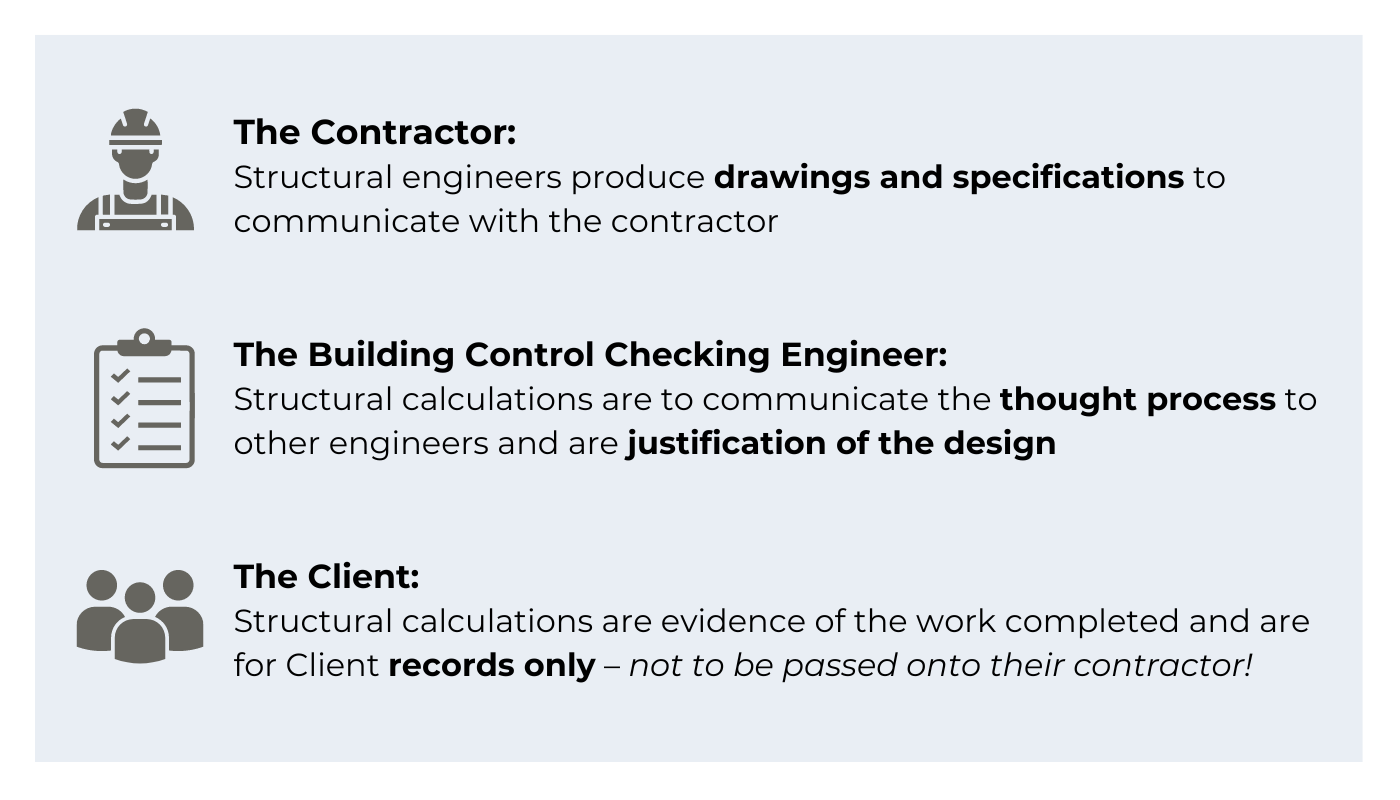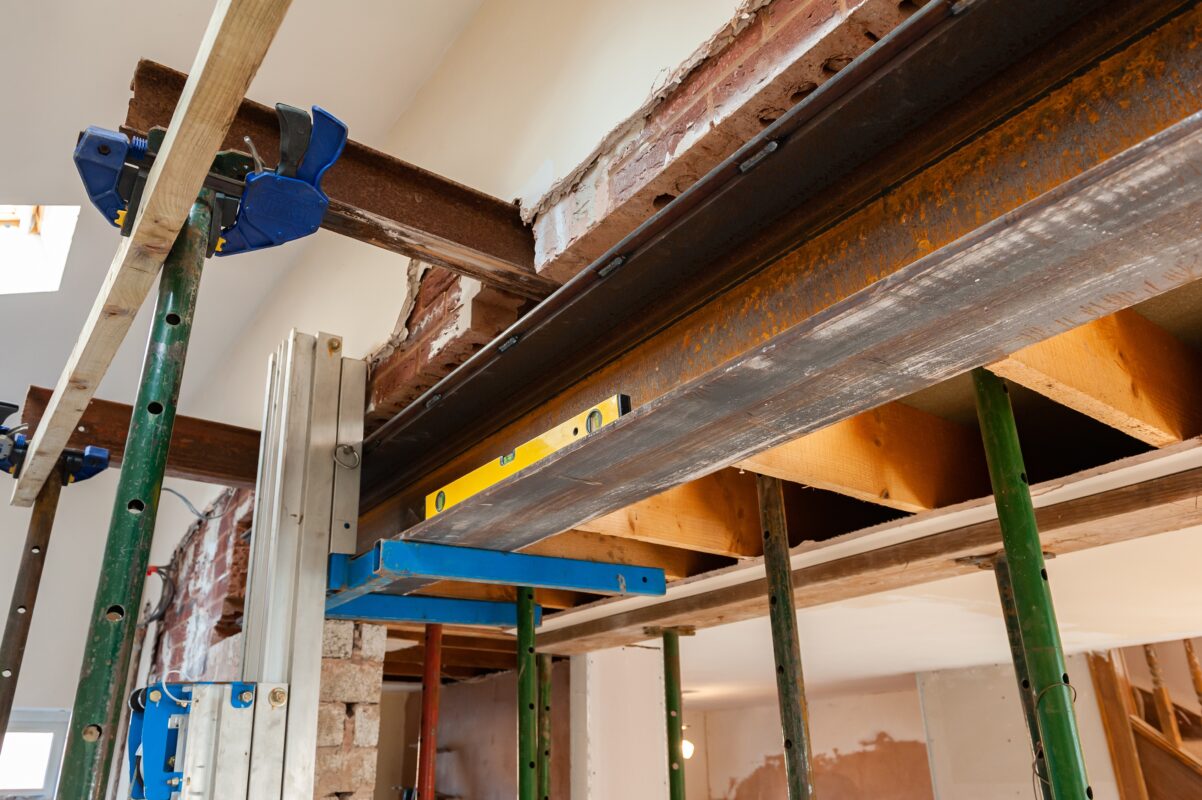In the construction industry, precision and clarity are vital.
However, a concerning trend has emerged where some contractors are using structural calculations as reference for ordering steels, overlooking crucial practical considerations.
It’s essential to address this misconception and highlight the true purpose of structural calculations in the construction process.
Structural Calculations Serve A Specific function:
- ensuring compliance and
- validating the design

Assumptions May Be Inaccurate
It’s crucial for contractors to understand that structural calculations don’t directly determine the exact size of steels or clear spans.
Steels should ALWAYS be ordered from drawings and final site measurements. This is because finishes may be unusually thick (or thin) meaning assumptions about structural openings may be inaccurate.
Misinterpreting or misusing these calculations can result in significant consequences, including ordering incorrectly sized steels or costly on-site adjustments that may compromise structural integrity but will certainly cost time and money.

In Summary
Structural calculations serve to ensure design compliance not provide details for the order such as steel length.
Contractors, building control engineers, and clients each have distinct roles in understanding and utilising these calculations.
It’s essential to recognise that assumptions in these calculations may be inaccurate, and steel should always be ordered based on drawings and site measurements to avoid costly mistakes.
While structural calculations are vital, they’re only part of the construction process, emphasising the importance of a holistic approach to building safely and efficiently.


